Headdresses crafted in India make for meaningful and intricate high jewellery
Estaa’s headdresses in gold, silver, titanium and aluminium are created in workshops across India, from the Rajasthan deserts in the west to the temple roof carvers in the south
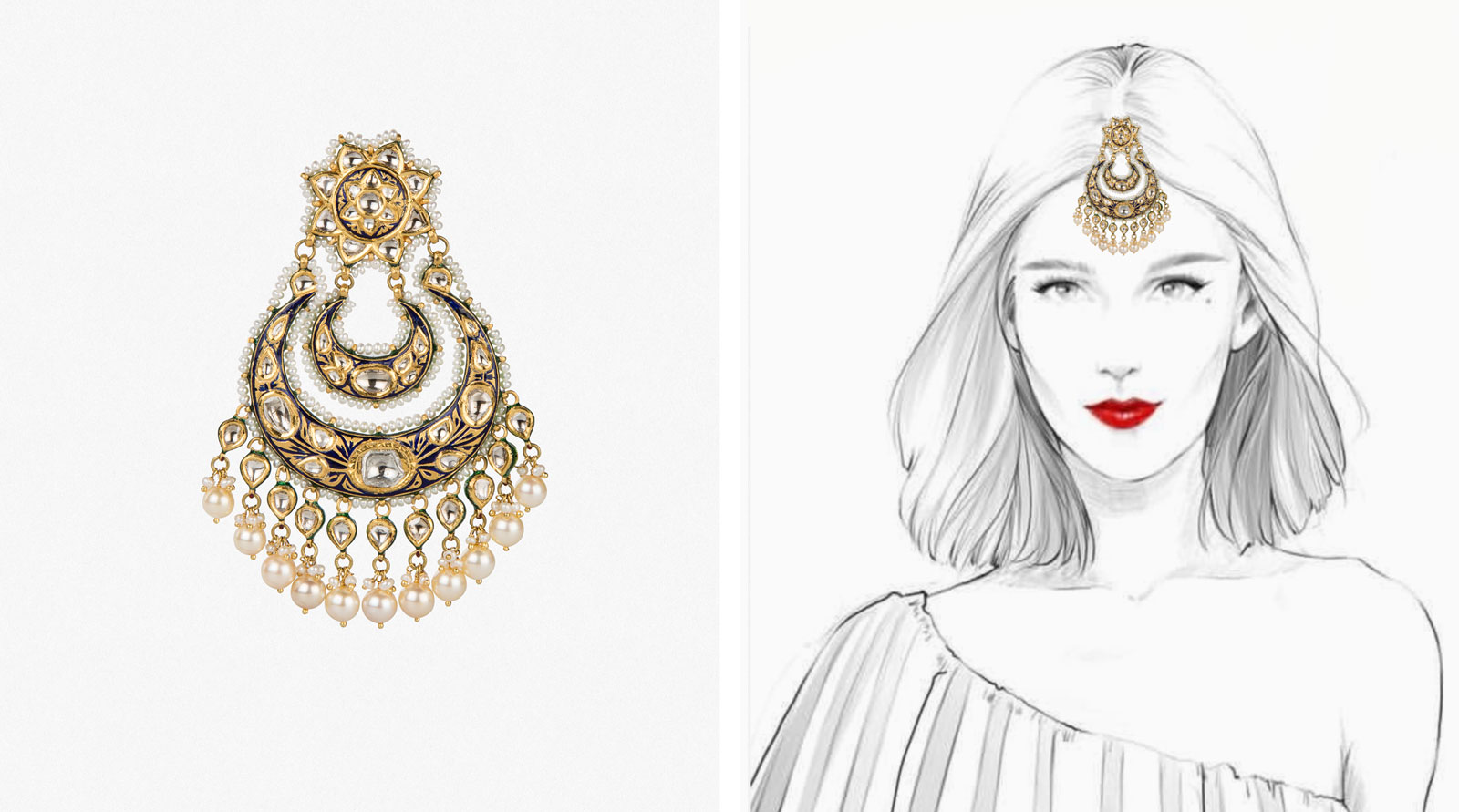
For Mumbai-based jewellers Estaa, headdresses make for spiritual and spectacular high jewellery.
The intricate pieces weave traditional stories into gold, silver, titanium and aluminium webs, studding their silhouettes with diamonds, gemstones and pearls, all sourced in India. Estaa have created headdresses for bridal ensembles since their launch in 2009; recently, founders Swati Shah and Pratik Shah have noticed a shift towards a younger clientele. ‘They are deconstructing heavy Indian jewelry yet retaining its essence,’ Pratik Shah notes.
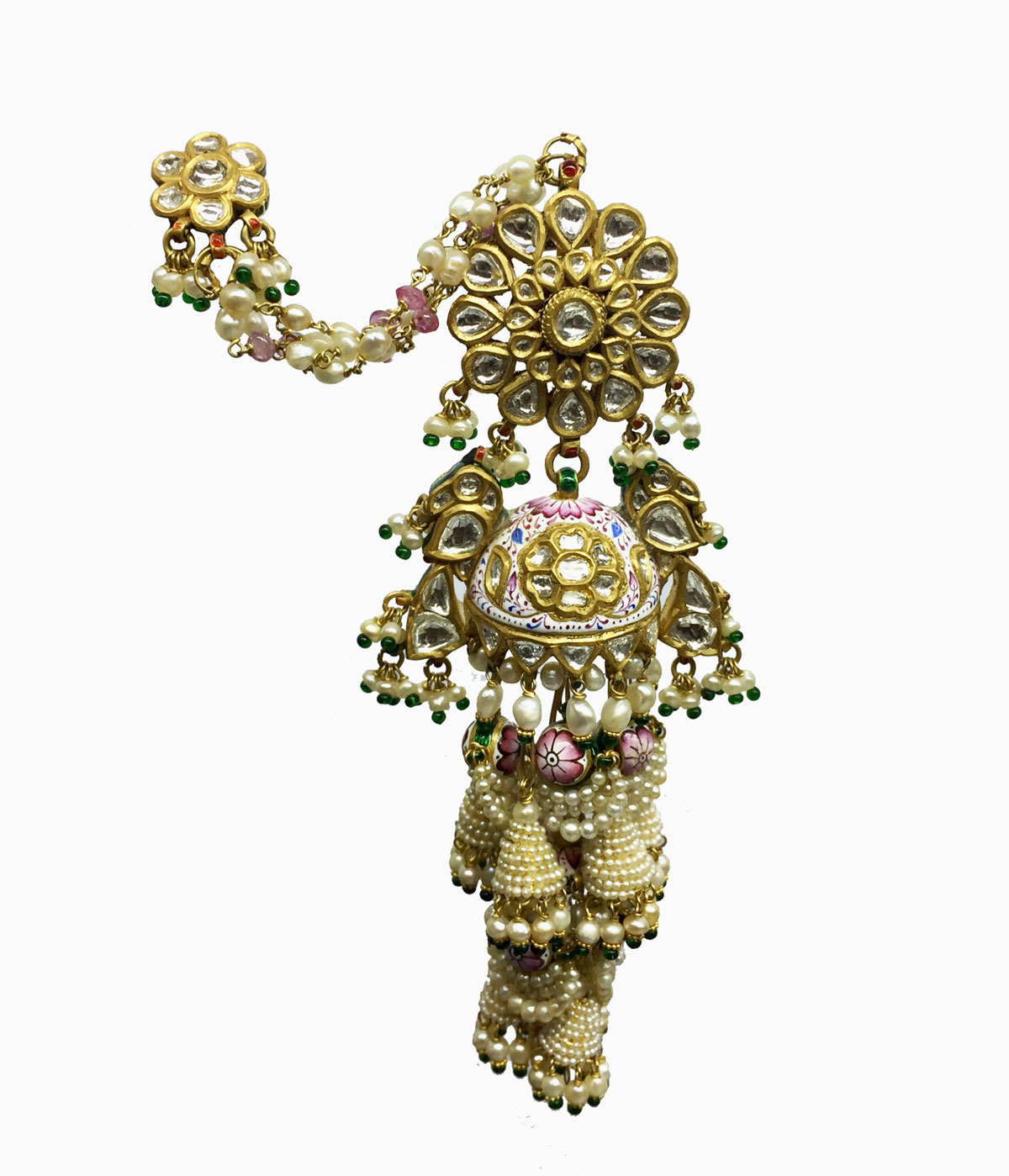
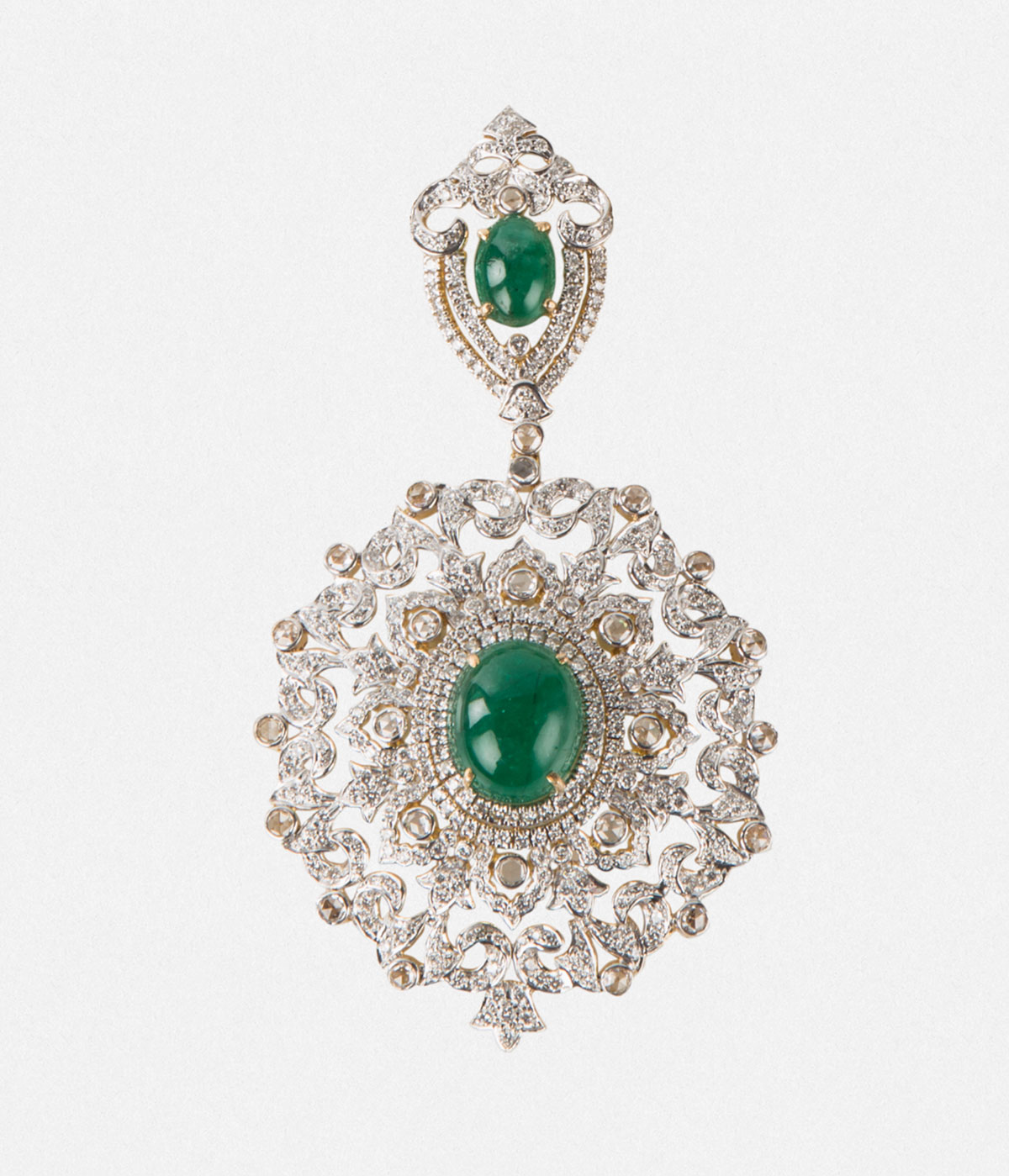
Their headpieces, as well as being technically accomplished, pay heed to spiritual traditions. ‘I discovered the ancient science of natural medicine through marma points - the specific points on the body that stimulate a chakra and are a spiritual energy centre. In the case of headpieces, they stimulate the third eye, which is located ‘behind’ the centre of the forehead and believed to be the seat of the soul.’ The headpieces are designed to sit in the centre of the forehead, a dazzling focal point.
Jewellery is crafted in workshops across India, from the Rajasthan deserts in the west, to the temple roof carvers in the south. ‘We work with different artists all over India for specific crafts,’ says Shah. ‘For example, the best enamel hand work I have ever seen is from a 75 year old artist we work with in Bikaner, an old desert city in the northwest. Some spectacular traditional gold relief work is commissioned to an artist who comes from a family of gold temple roof carvers. He lives in Hyderabad in the south, an ancient Mughal city. They are both at least fourth generation craftsmen, and their skill is very distinctive, deeply influenced by their own regions’ and family’s history.’
In the workshop, metalsmiths, gem-setters, and designers work on every piece, collaborating when needed with other specialists. ‘For example in the uncut diamond headpiece, we worked with the following craftsmen: designer, master goldsmith, silver foil maker, diamond cutter and polisher, jadai gem setter, gold polisher, enameler and a bead stringer,’ adds Shah. The results are spectacular pieces of craftsmanship which bring an intricate opulence and spirituality to high jewellery design; ‘Estaa seeks to inspire and be inspired by crafting fine jewellery that interweaves wisdom with gemstones and metal, while rooted in the now.’

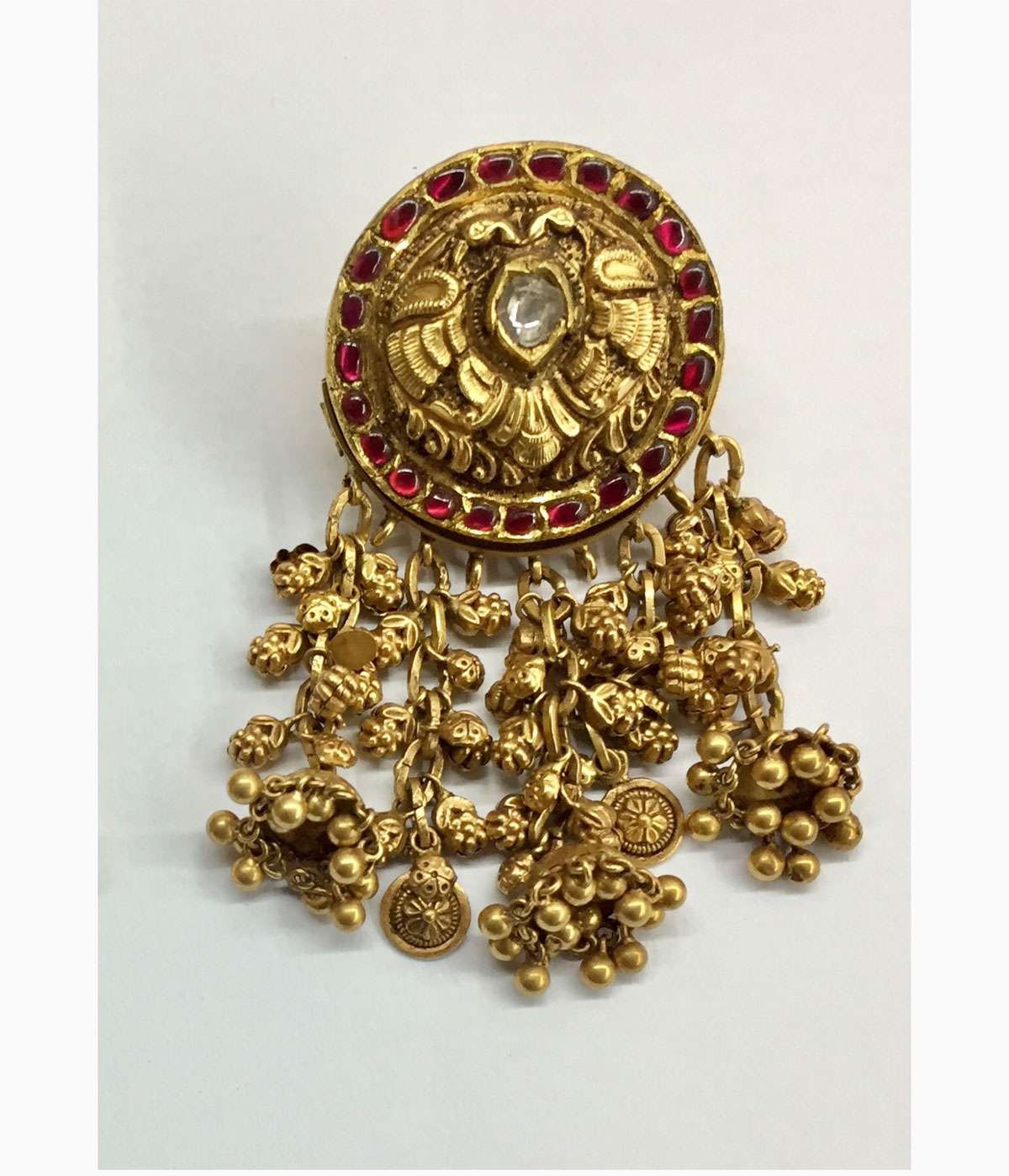
INFORMATION
estaa.in
Receive our daily digest of inspiration, escapism and design stories from around the world direct to your inbox.
Hannah Silver is the Art, Culture, Watches & Jewellery Editor of Wallpaper*. Since joining in 2019, she has overseen offbeat art trends and conducted in-depth profiles, as well as writing and commissioning extensively across the worlds of culture and luxury. She enjoys travelling, visiting artists' studios and viewing exhibitions around the world, and has interviewed artists and designers including Maggi Hambling, William Kentridge, Jonathan Anderson, Chantal Joffe, Lubaina Himid, Tilda Swinton and Mickalene Thomas.
-
 The Bombardier Global 8000 flies faster and higher to make the most of your time in the air
The Bombardier Global 8000 flies faster and higher to make the most of your time in the airA wellness machine with wings: Bombardier’s new Global 8000 isn’t quite a spa in the sky, but the Canadian manufacturer reckons its flagship business jet will give your health a boost
-
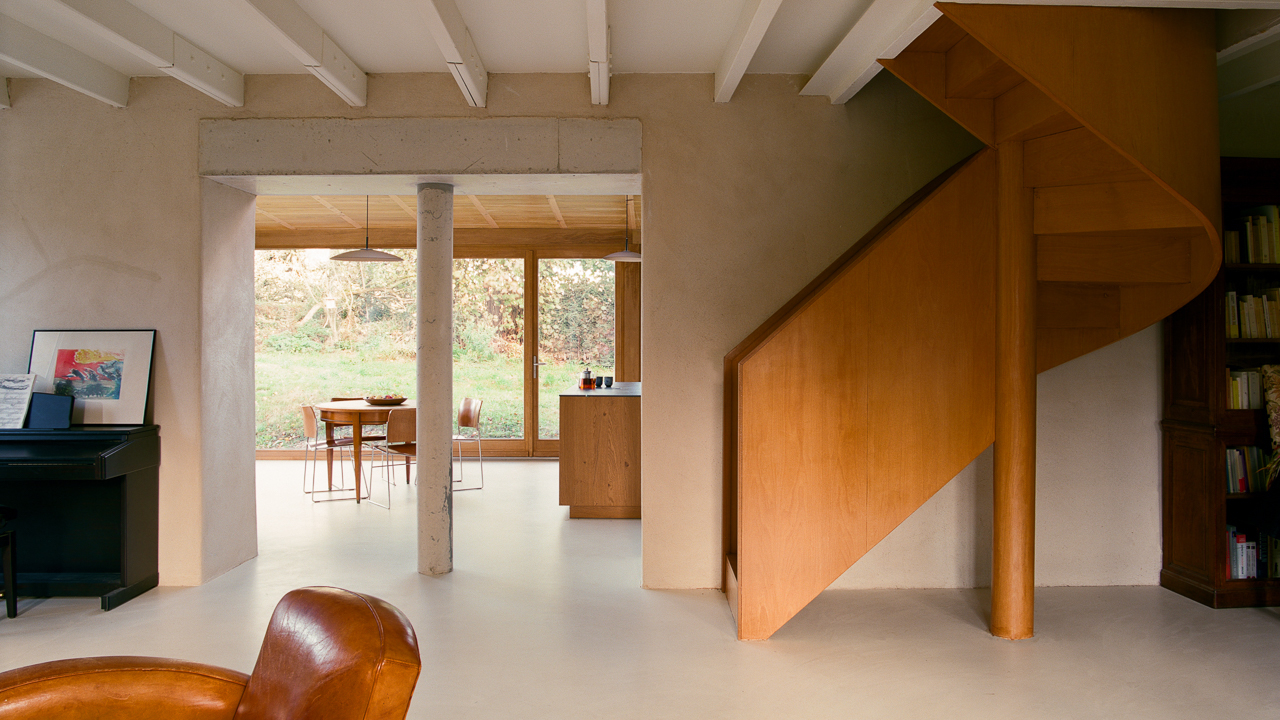 A former fisherman’s cottage in Brittany is transformed by a new timber extension
A former fisherman’s cottage in Brittany is transformed by a new timber extensionParis-based architects A-platz have woven new elements into the stone fabric of this traditional Breton cottage
-
 New York's members-only boom shows no sign of stopping – and it's about to get even more niche
New York's members-only boom shows no sign of stopping – and it's about to get even more nicheFrom bathing clubs to listening bars, gatekeeping is back in a big way. Here's what's driving the wave of exclusivity